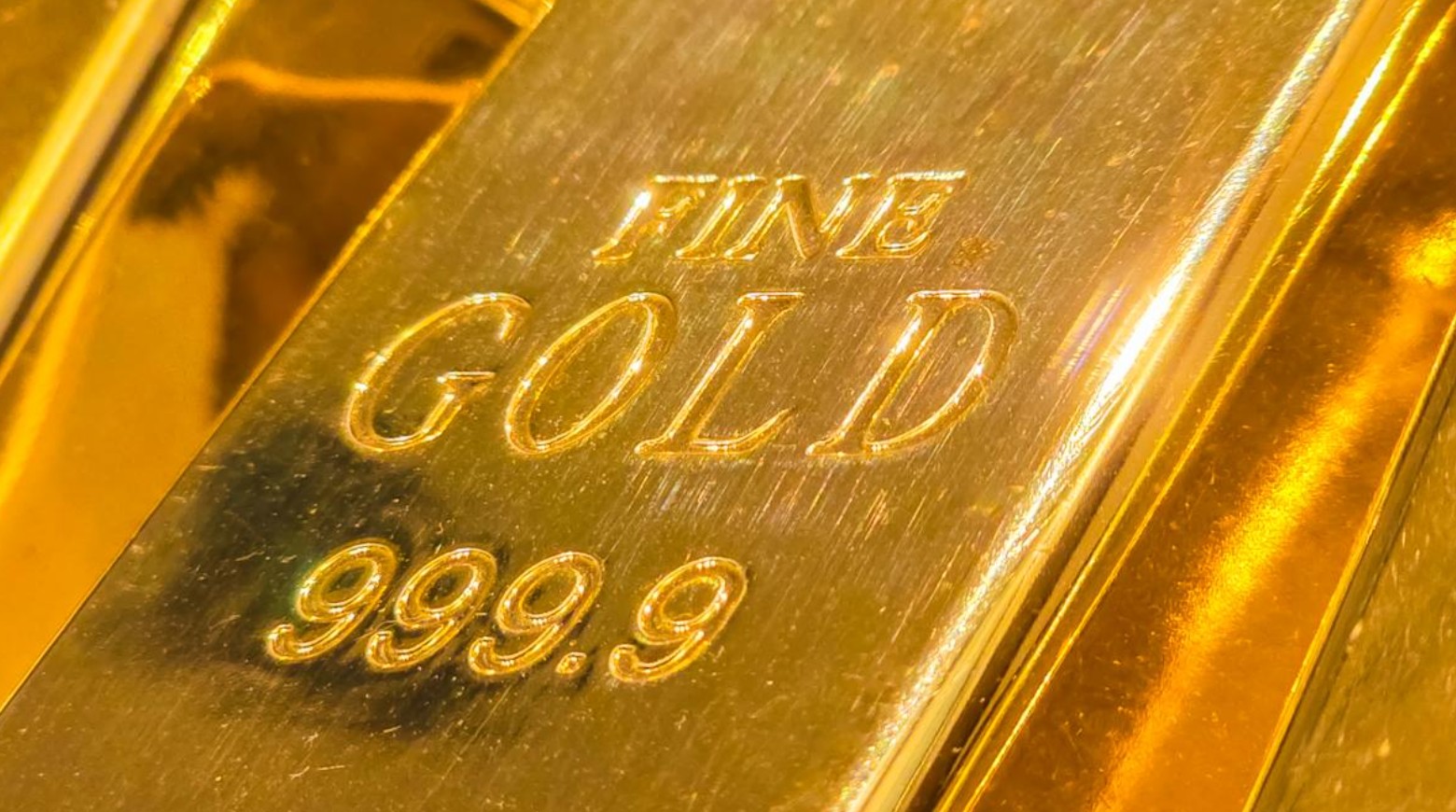Gold futures (GC=F) eased on Friday but notched their biggest weekly gain since 2020 in a stunning rally.
The precious metal declined more than 1% to near $4,260 after hitting an intraday high north of $4,380 earlier in the session.
Gold gained 7% over the past week as prices went “parabolic in a perfect storm for the yellow metal,” Kyle Rodda, senior financial market analyst for capital.com, said in a Thursday night note.
Trade tensions between the US and China, expectations of another rate cut from the Federal Reserve next week, and credit worries stemming from regional bank woes have contributed to the jump in prices.
“Gold is sending an ominous message about the future. Either it’s suggesting one or both of some huge geopolitical or overheating of the global economy in the future,” Rodda wrote. “Or, if nothing else, it’s an omen of speculative excess in the gold market that is liable to blow off at some point in time.”
Gold futures are up roughly 59% year to date amid strong central bank buying, a weaker dollar, and rate cuts, which make owning bullion more attractive.
Inflows into gold-backed ETFs also reached their highest levels ever last quarter.
The BofA Fund Managers survey released earlier this week noted that gold was the No. 1 most crowded trade in October, surpassing “long Magnificent Seven” stocks.
When asked about allocation to gold, 39% of fund managers said their current gold position is closest to 0%, while 19% have a 2% allocation, and 16% have a 4% allocation.
On Thursday evening, BofA analysts on Friday reiterated their “long gold” recommendation, forecasting a $6,000 per ounce peak by mid-2026.
Meanwhile, Wall Street has been upping its price targets on gold. Goldman Sachs sees gold hitting $4,900 per troy ounce by the end of next year, up from its prior prediction of $4,300.
JPMorgan analysts say the yellow metal could hit $6,000 per ounce by 2029.

